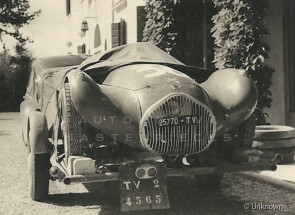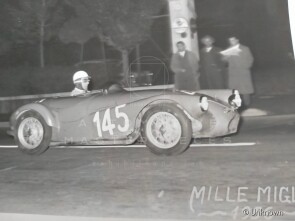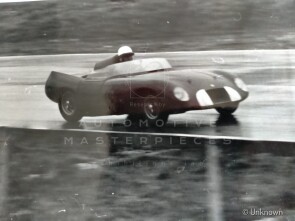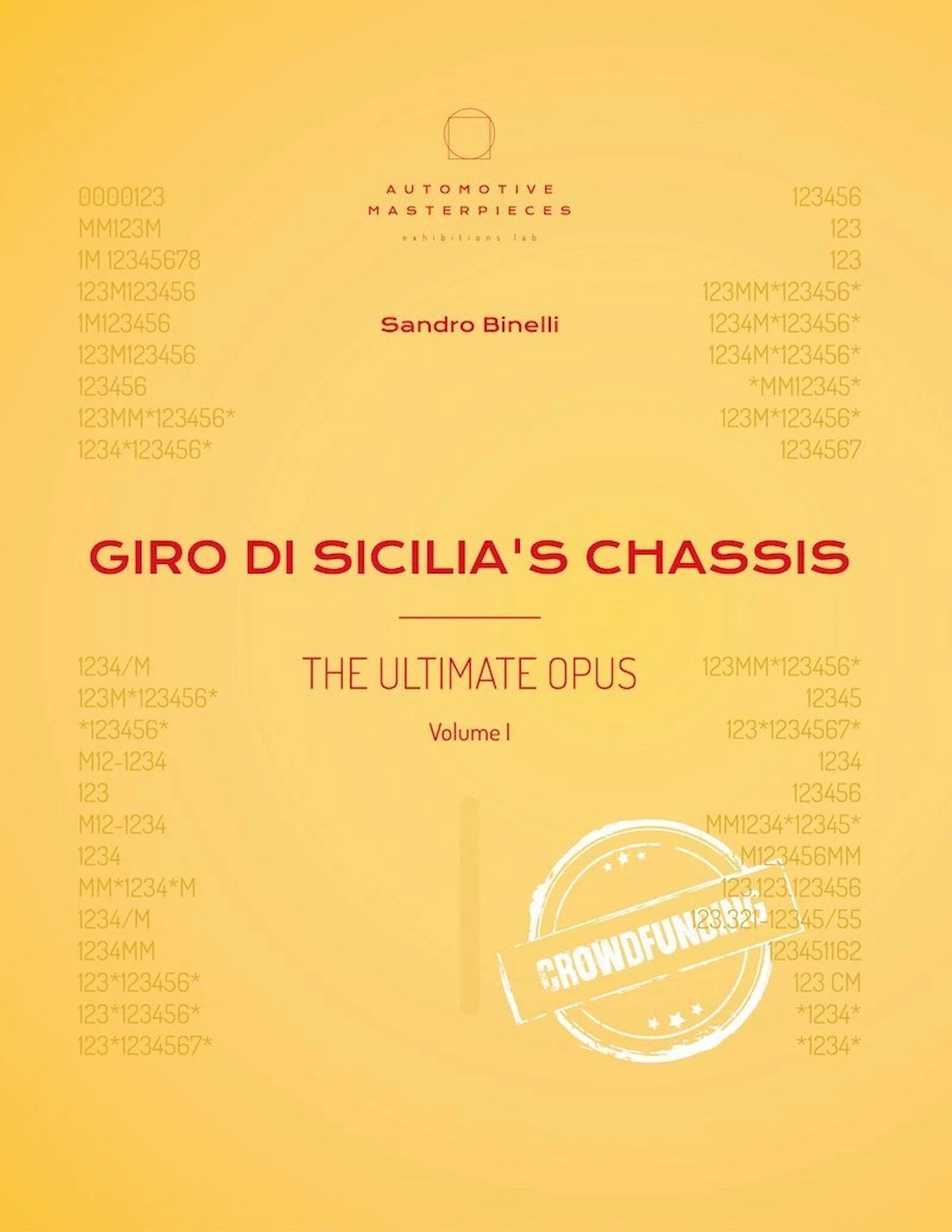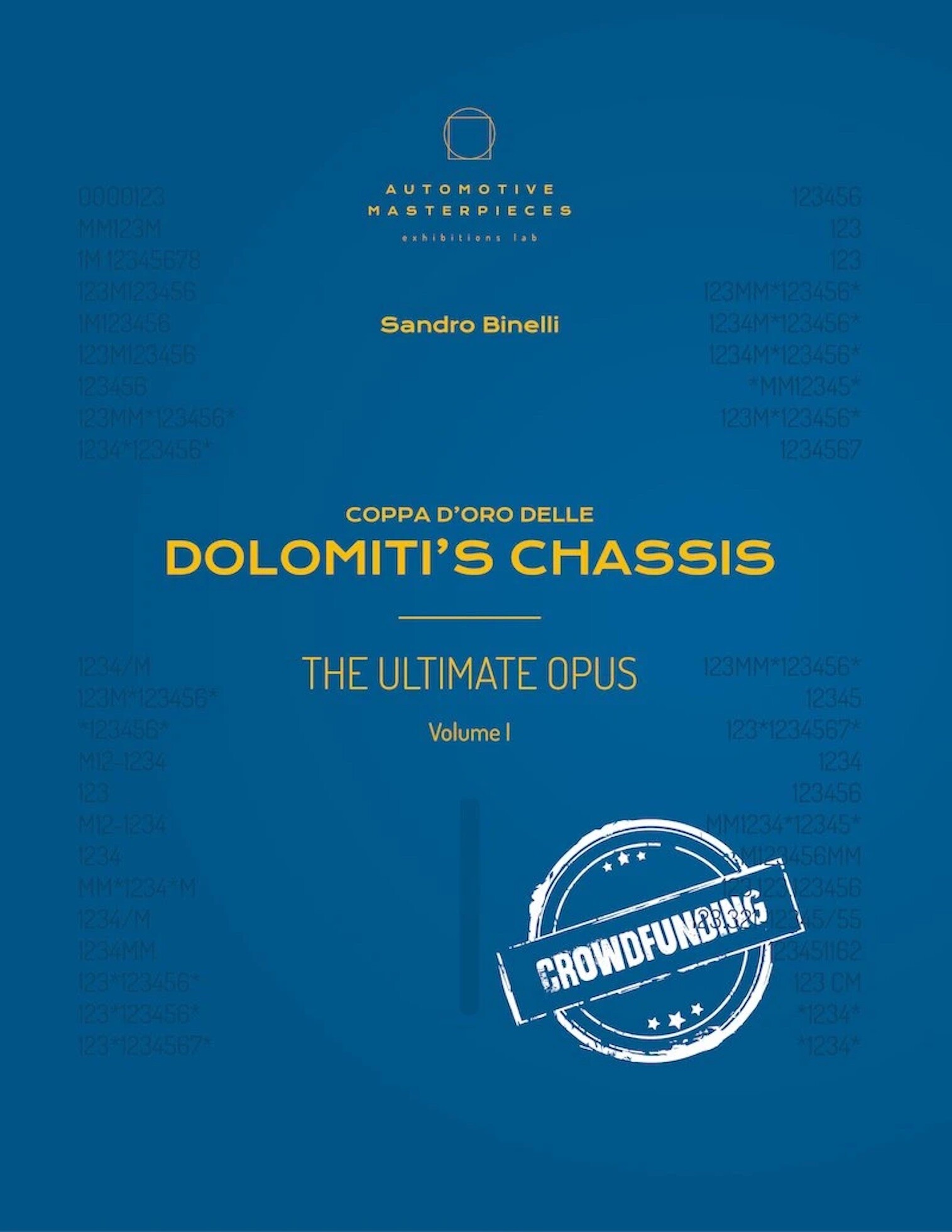
1953 Fiat trasformazione Stanguellini 750 Sport Internazionale
ON/OFF
Why am I an Automotive Masterpiece?
The history of the Stanguellini brand began in 1900 in Modena from the passion of Francesco Stanguellini. In the early years of the twentieth century, the brand grew in importance by participating in motorcycle races and, above all, by dedicating itself to car processing. From 1936, it entered the production of its own models derived from Fiat and Maserati chassis with the 750, 1100, and 2800. In 1937, the first racing team was formed, which began a series of victories, culminating in first place in its class (50th overall) at the XII Mille Miglia in 1938 with a Stanguellini 750, bringing the team to international recognition. From then on, both national and international successes flourished. In the late forties, the company also produced high-tech car chassis and engines. Stanguellini is the perfect postcard of Postwar Italian Renaissance and Ingenuity. The cars achieved significant improvements and results but, at this point in the story, were still barely known as “Stanguellini” and mostly as “derivazione FIAT”. After WWII, the Stanguellini cars were absolute winners. With the changing of the Sport rules, Vittorio Stanguellini could develop his cars again. They were barely the FIATs of the beginning: around a highly reworked aspirated engine, a rigid tubular chassis was built by Gilco on the design of engineer Alberto Massimino. For the bodywork, pure aerodynamics was conceived with attention to the agility of the car: this way, the “Siluro” with motorcycle fenders and the “Barchetta” were born. Every component was reworked. The engine developed from a Single Cam-In-Block with pushrods to a double Overhead Cam. Heads themselves were already changed from cast iron to light alloy. Gentle and inventive, Vittorio always worked in a family-dimension, with men like the foreman-tester Renato Cornia and professionals who were first of all friends. This was happening right in the heart of Modena, in a small cluster of streets, while a few hundred meters away, Ferrari and Maserati were rising to the stars. But, as they say, with great respect for each other.
Following Giulio Baravelli's class victory at the 1938 Mille Miglia, and after the wartime hiatus, Stanguellini continued to refine and develop the 750 in racing. In March 1950, the brand-new 750 sport was announced in the Geneva Motor Show catalog, featuring a tubular chassis and a new twin-cam engine built by Stanguellini, based on the encouraging experiences with the 1100 engine. The car debuted in October of the same year with Sergio Sighinolfi and was built around a tubular chassis, similar to the one used since 1948, with a rear live axle and leaf springs, and a front end derived from the Fiat Topolino. The long-stroke twin-cam engine had less and less in common with the original Fiat pushrods block and was the work of Oberdan Golfier, already a designer of the Minardi 750; it developed 50 hp for a car weighing 400 kg: a power-to-weight ratio that made the sport uncompetitive even for that era. Additionally plagued by transmission issues, the Stanguellini 750 had a disappointing 1951 season. In 1952, the car underwent radical changes: the engine was replaced with a new all-aluminum twin-cam engine, with perfectly "square" dimensions of 749 cc, powered by two 32 mm single-barrel Weber carburetors, producing 60 hp at 7500 rpm. The chassis remained the same but, thanks to a meticulous effort to eliminate the superfluous, the car's weight dropped significantly, weighing only 340 kg dry. In this configuration, it won the Italian 750 Sport title with Salvatore Casella, and thanks to his efforts and those of Sergio Monti, the Stanguellini 750 won several rounds of the 1953 Italian championship, despite fierce competition in the category from Giannini engines and the new Osca. With the return in Stanguellini of Sesto Leonardi, an excellent driver and sensitive small-displacement tester, many problems were resolved, and the car was refined. The twin-cam, a true workhorse, strengthened Stanguellini's image by dominating the category and winning the Italian 750 Sport International Championship in 1954, 1955, and 1956. Outside the national borders, the victory at the 12 Hours of Sebring in 1957 gained great resonance.
The 1953 Fiat trasformazione Stanguellini 750 Sport Internazionale with chassis no. CS04078 is one of the cars that were now “more Stanguellini than Fiat”; with these cars, in fact, Vittorio began assigning his own numbers instead of using Fiat numbers. These Stanguellini numbers start with the letters CS, where the C is wrapped around the S, in honor of Celso Stanguellini. Despite this, in a situation of general uncertainty of attribution, we maintain the definition of “Fiat transformed by Stanguellini” for the car, as per the badge identifying it in the very first photographed version. Chassis no. CS04078 is therefore part of the updated versions, with a “superquadro” 749 cc engine and a lightened chassis. The body is now monolithic: the fenders are effectively integrated into the central body, as per the new sports regulations, but the lines are still very distinct in between. This body is crafted in-house by the master “battilastra” (metal worker) Danilo Tavoni. It was completed, according to the certificate of origin, on March 27, 1953, and debuted in the race with industrial-driver Sergio Monti on March 29, at the Corsa sulle Torricelle, immediately placing 1st in class and 4th overall (in a tie with a Giaur). Sold by Vittorio Stanguellini himself to Monti in April 1953, it was registered in Treviso. The owner-driver raced it in a vast series of events where it almost always qualified 1st in class. In September 1953, it appeared at the start of the Bologna-Passo della Raticosa, with a substantial modification in appearance: the round chrome grille with vertical teeth and hidden single headlight was replaced by a narrower and lower oval mouth, without a grille; this was accompanied by two innovative retractable headlights, placed between the fenders and the hood. The artisanal nature of Stanguellini allowed for continuous modifications and refinements: between late March and early April 1954, the mouth, still without a grille, regained its previous shapes and dimensions. Depending on the race and relative needs (climatic conditions, daytime or nighttime light, etc.), the car began to present itself with ever-changing appearances. In May 1954, Monti, with co-driver Renzo Rugolo, took chassis no. CS04078 to the first of its four Mille Miglias; the car now featured two prominent fixed headlights on the fenders and a low small grille. The car performed well until Rome but was forced to retire afterward. It had more luck in other events of the season where it continued to qualify 1st in class. In April 1955, the driver Vincenzo Auricchio became the owner and entered the 1955 Mille Miglia. Auricchio had more luck, even placing 2nd in his class. The car, with the new owner, changed its registration to Cremona. New races followed between Auricchio and, from June 1955, Luigi Zannini, also a racing driver, and the car continued to accumulate an impressive number of 1st in class finishes. In 1956, it participated in its third Mille Miglia but was again unfortunate. In May 1956, the car received its third registration (Padova). In March 1957, Zannini decided to radically renew chassis no. CS04078, fitting it with a completely new body, made by Carrozzeria Campana. The newly designed shapes were no longer the “siluro” style with integrated fenders but more modern and homogeneous “barchetta” style; they were sharply profiled and reminiscent of other successful sports cars of the era, such as the Lotus 11. Zannini then attempted the Mille Miglia again in what would be the last edition, but this time too he did not finish the race. Chassis no. CS04078 had better performances at the Coppa d’Oro delle Dolomiti, where it placed 1st in class three times between 1953 and 1955. The owner who transitioned the car from its racing career to the modern era was racing driver Ultimo Dalle Molle, who also achieved excellent class placements until 1961; after this year, no other race participations of the car are known. Dalle Molle sold it in 1988 to a private collection. The car was later featured in many specialized books, including volumes by Sandro Binelli: Mille Miglia's Chassis - The Ultimate Opus Volume III and will be in Coppa D'oro Delle Dolomiti's Chassis - The Ultimate Opus Volume I. In 2017, it was exhibited at the Bonfanti VIMAR museum.

